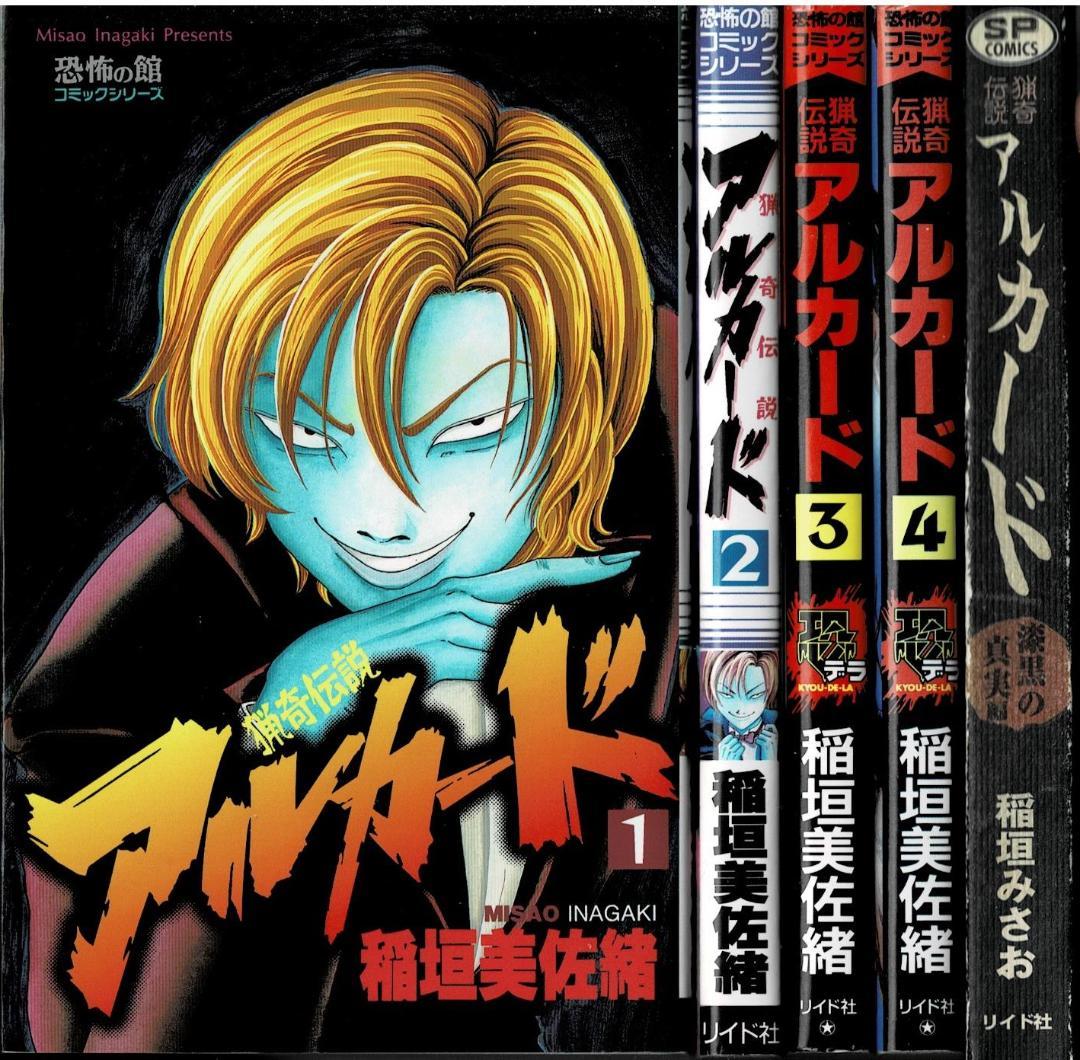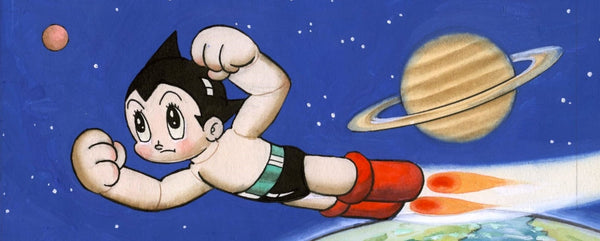Misao Inagaki
Biography | Misao Inagaki
Biography | Misao Inagaki
Couldn't load pickup availability
Misao Inagaki (1975–) started out with Revenge, a short story published in House of Fear DX (Leed Publishing, February 1994).
From those early pages it is already possible to detect the tone and sensibility that would characterise her work: the edges of fear, the human psyche when it fractures, the grotesque corners of everyday life.
Revenge was almost a kind of manifesto: Inagaki did not choose cheerful themes or light-hearted comedy. She reached for horror, suspense and the unsettling. She entered the manga scene directly into the shadows rather than aligning with the booming “fun entertainment” mainstream of the 1990s. Her horror is not about jump scares; it often engages with violence, dissolution of boundaries (between life and death, victim and abuser), psychology and consequence.
What makes Inagaki’s universe distinctive is how ordinary life can turn quickly into something monstrous. She tells stories that don’t let the reader drift into comfortable distance, her stories make you feel powerless, exposed.
Her work leaves you haunted rather than relieved. Her themes include captivity, compulsion, psychological collapse, and everyday people in extreme situations.
This is perhaps aligned with the idea of horror used not merely for entertainment, but for introspection: What does it mean when the ground beneath you shifts? How fragile is “normal”? What happens when invisible structures of power, fear, control intrude into the day-to-day? Inagaki seems to ask these questions visually, with the tools of manga.
Though primarily known for horror, Inagaki also published more personal stories such as My Husband and I Are Depressed – But Raising a Child Is Still Possible!! (Shonen Gahosha) and Save My Depressed Husband! My Passionate Life with Depression (Takeshobo).
She sees these not as departures from darkness but as extensions of it, where the horror of mind and body meets the quiet struggles of everyday life, of mental health, of family and hidden burdens.
Her most iconic work, Alucard, follows a man of the same name, an anagram of Dracula, who runs a discreet consultation office, hidden away in the dark alleys of life.
Desperate people come to him with wishes; he grants them in exchange for something personal: a body part, a memory, a fragment of the self.
He is assisted by Renfield, a quiet executor of these transactions, and occasionally by Mina, a woman who feeds on human souls to preserve her youth.
Both names echo Bram Stoker’s characters, yet Inagaki reshapes them for her own world, one where myth becomes mechanism, and horror operates through the logic of desire and trade. Each story is a brief moral tale.
Alucard isn’t a vampire but a mirror: he shows people the price of their desires. The horror lies not in him, but in what they choose to give up.
Inagaki’s interests extend beyond the printed page. She engages with real people, subcultures, and the odd details of daily life, moving freely between the ordinary and the uncanny. Her work can be seen as part of a transition in Japanese horror manga, away from monsters and ghosts toward the internal terrors of the self: the mind as a haunted space, the body as the site of compromise.
Share








